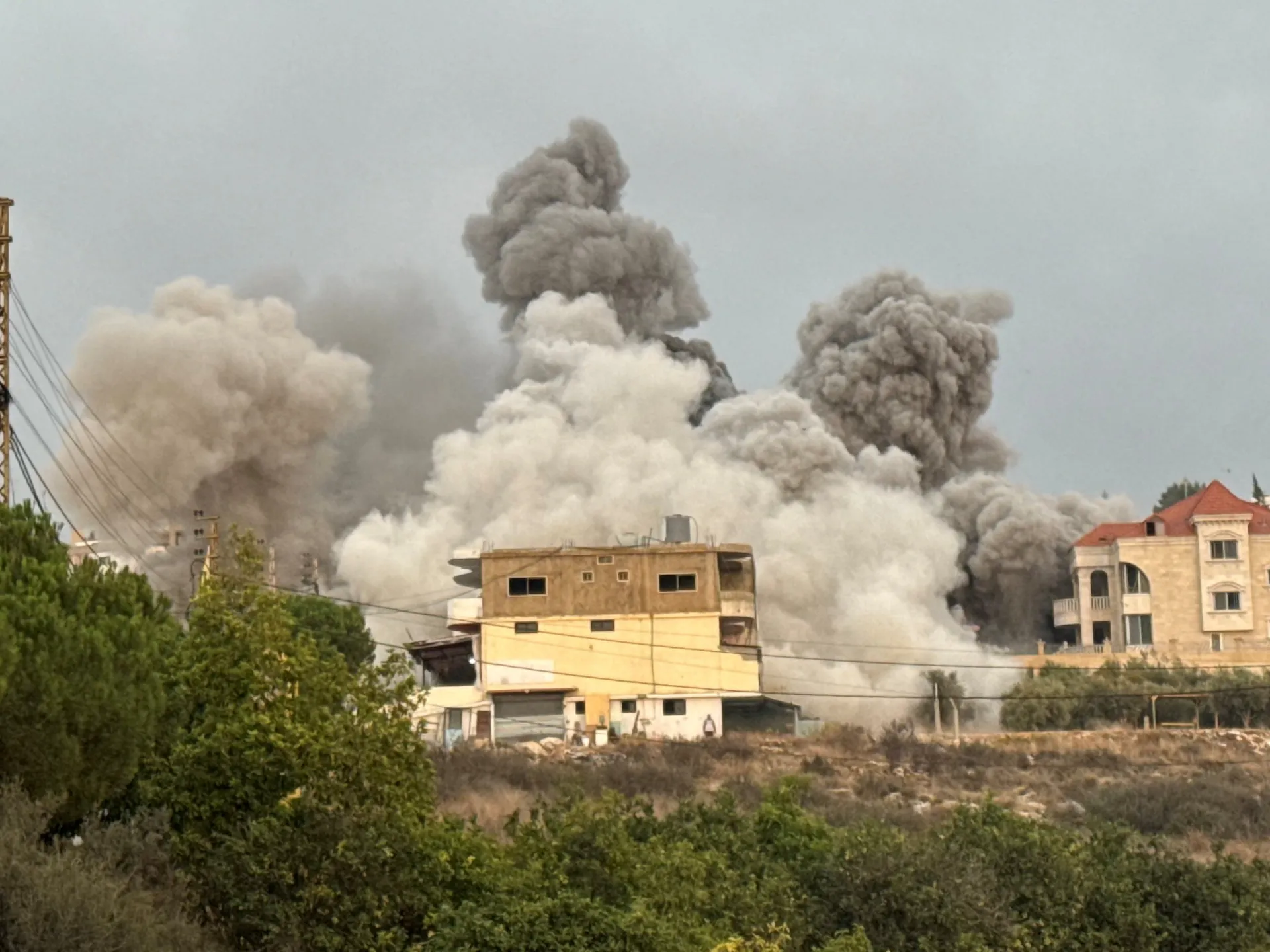Emmerdale fans have a lot to look forward to on the ITV soap this Christmas – and this is when they can tune in as all the drama unfolds over the festive period
Emmerdale fans are looking forward to tuning in on Christmas Day – and it’s looking like quite a dramatic time during the festive time on the farm. Viewers of the long-running ITV soap, which first aired in 1972, would expect nothing less from the programme but it’s already been quite the year for the residents of the Yorkshire-based village.
This Christmas, there’s concern for Robron as a threat looms for newly reunited Aaron Dingle and Robert Sugden. When news of a possible return is shared not everyone is immediately happy about it, sparking a new feud. Ross Barton is blindsided when he finds out Aaron and Robert are planning to bring Robert’s son Seb back into their lives. Ross was Seb’s stepfather and helped raise him, until Seb’s mother Rebecca White sadly passed away.
What’s more, someone will be showing lurking in the shadows with intent and their reign of terror is only just getting started. When the trees outside his flat are set alight, Aaron once again blames Ross, only for Robert to uncover who the real culprit is. Will he be able to stop them? As Christmas Day arrives Aaron is puzzled when Robert heads off on a mystery errand. Soon there’s serious concern when he doesn’t return – so what has happened to Robert?
READ MORE: Emmerdale Christmas spoilers: Return sealed, escape plan and Robert ‘missing’READ MORE: Emmerdale fans ‘rumble’ who is set to expose Celia after shock confrontation
What time is Emmerdale on Christmas Day? What happens?
But when exactly will fans be able to catch all the Yuletide drama? Traditionally, the soap airs weeknights at 7:30pm in a half-hour slot, often just before Coronation Street. Eager fans can also watch the latest instalment from 7am on the day of broadcast by logging onto ITVX.
However, on Thursday 25th December, the festive special of Emmerdale will air at the significantly earlier time of 6:15pm. Prior to that, the programme will hit screens at 6:55pm on Christmas Eve and once the big day is all over, the soap air again at 6:30pm on Boxing Day.
Emmerdale will then resume its ordinary slot in the days after Christmas, and conclude the festive period with an hour-long special on New Year’s Day.
There’s lots more for fans of Emmerdale to look forward to this Christmas, as evil mother-and-son duo Celia Daniels and Ray Walters are fearing the game is up and they may need to flee, amid their shocking drug schemes being exposed. But with Ray growing closer to Laurel Thomas, could he dare to dream of starting things afresh away from his evil mum?
Kim Tate’s recent near-death experience leaves her pushing people away, and soon Joe Tate is furious by a confession from Lydia Dingle. Joe returns to Home Farm to patch things up with Kim but she sends him packing.
But when she falls and hurts herself, she calls for help only for Lydia to arrive and help her. Kim immediately dismisses her, and she’s soon facing Christmas alone.
Wrapping up Christmas, there’s a public marriage proposal happens, Paddy is missing his father Bear as he remains on Celia’s farm, and Vanessa and Charity are strong-armed into spending Christmas Day together. When Vanessa gets drunk, Charity fears the beans will be spilled as a threat looms.
The entire festive schedule for the ITV soap is as follows: :
Monday December 22 – 7.30pm (30 minutes)Tuesday December 23 -7pm (30 minutes)Wednesday December 24 (Christmas Eve) – 6:55pm (30 minutes)Thursday December 25 (Christmas Day)- 6:15pm (One hour)Friday December 26 (Boxing Day) – 6:30pm (30 minutes) Monday December 29 – 7:30pm Tuesday December 30 – 7:30pmWednesday December 31 – 7:30pmThursday January 1 (New Year’s Day) 7pm (One hour)Friday January 2 – 7:30pm
Emmerdale airs weeknights at 7:30pm on ITV1 and ITVX, with an hour-long episode on Thursdays. * Follow Mirror Celebs and TV on TikTok , Snapchat , Instagram , Twitter , Facebook , YouTube and Threads .




















